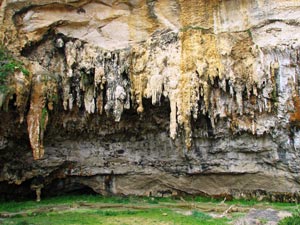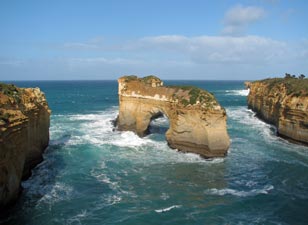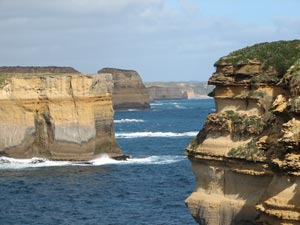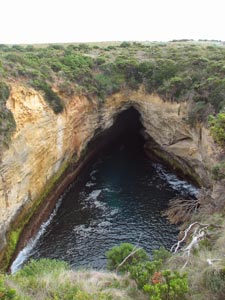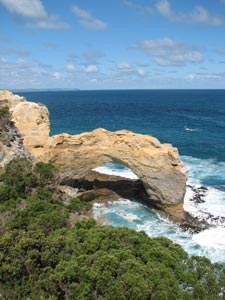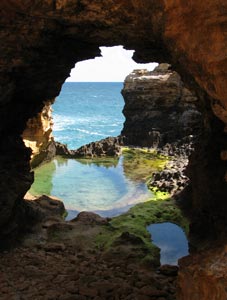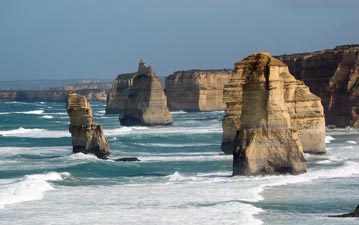There are many walks that boast the prefix "great" to their name and The Great Ocean Walk joined them when it was established in 2005. I have often wondered whether the term is applied a bit loosely and once even tried to develop a set of criteria by which to evaluate so-called "great walks". It was based on four categories; diversity of landscape, degree of isolation (to pass through areas only visitable on foot), physical challenge (everything gained should be earned) and what can be described as the "wow factor" (the need to come away in awe of what you have seen and experienced). In a planning document for The Great Ocean Walk, the project manager Scott Crabtree stated that "greatness should not be measured by the size, or extent or other such attributes but rather the ability to render the user a memorable and rewarding experience. This experience must be provided without compromising the environment and it must be long lasting!"
This sets the bar high, so did the Great Ocean Walk stack up? Our vote was a resounding yes!! A walk through many types of forest, heathland, beach and cliff-top, rich in wildlife and wildflowers with some transformed landscapes thrown in, a walk which left us feeling tired and satisfied at the end of each day and certainly a walk which gave us a memorable and rewarding experience.
That said, can it be even better? Probably yes - at a couple of places the track wanders inland on long detours along vehicle roads before returning to the coast - perhaps this is due to issues of public and private ownership of land, but once is enough to see how the landscape has been transformed by European settlement. More importantly, with the closure of Glenample homestead, the Great Ocean Walk just fades away when it reaches the highway less than 2 km from the Twelve Apostles. What better way to finish than at that iconic spot - all that it would require is to extend the existing track through the dunes a bit further. There is even the perfect spot to place a plaque indicating its end (see photo opposite). Anyway that is where we chose to finish and it is a euphoric place to do so.
Once curiosity is the published length of the actual walk. Many sources of information state that it is 91km, yet, when you add the distances between campsites on the official track map, they total 104 km, a distance verified by my GPS. So where did the 91 km story come from?

